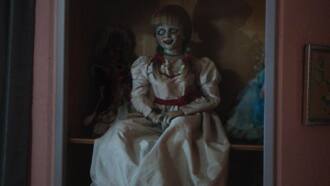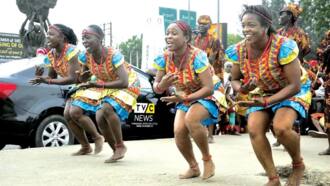Where did the polka dots get their name and why: a brief history
Nowadays, polka dots are a typical pattern in vintage clothes, kitchenware, kids' toys, and furniture. Surprisingly, they were never the cheerful prints we know them to be.
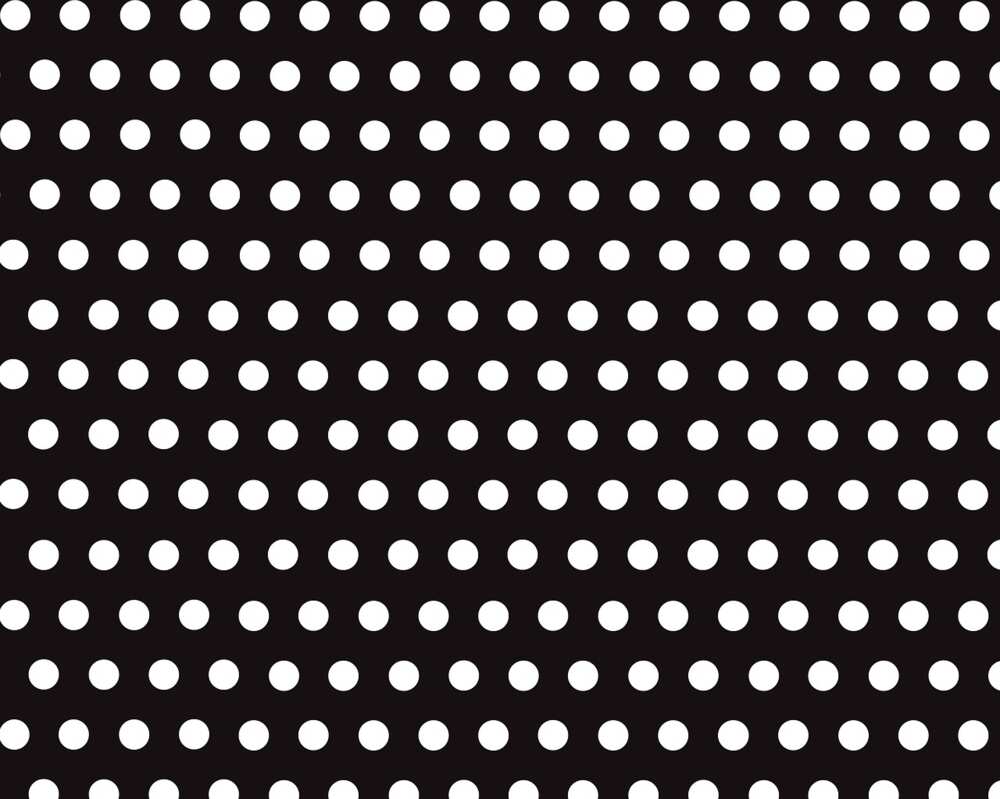
Source: UGC
In Medieval Europe, the pattern was initially viewed as unpleasant. It was associated with sad events like diseases and sicknesses and, sometimes, impurity.
In Africa, on the other hand, the print was associated with superstition and magic. Eventually, the print was no longer associated with superstition, impurity or witchcraft.
It became a very famous print that many love up to date. Now, the dots are used for cloth and shoe designs, accessories, book covers, kitchenware, wallpapers, and more.
The pattern is created by filling a space with dots that are normally evenly spaced and are of the same size. So, how did it evolve from being a taboo to become a fashion trend? Let us discuss the history of the polka dot.
The history of polka dots
During the European Medieval Era, it was considered a taboo to wear polka dot print. That was because the pattern was associated with highly contagious infections like leprosy and smallpox.
The fatal illnesses were so rampant at the time, and everyone was so scared of anything similar in appearance.
What about Africa? The pattern has always symbolized male virility (masculinity) and magic in West Africa. In the Lega community, for example, a young man was required to wear such fabric and continuously knock on an entrance with a similar pattern until it opens to mark a rite of passage.
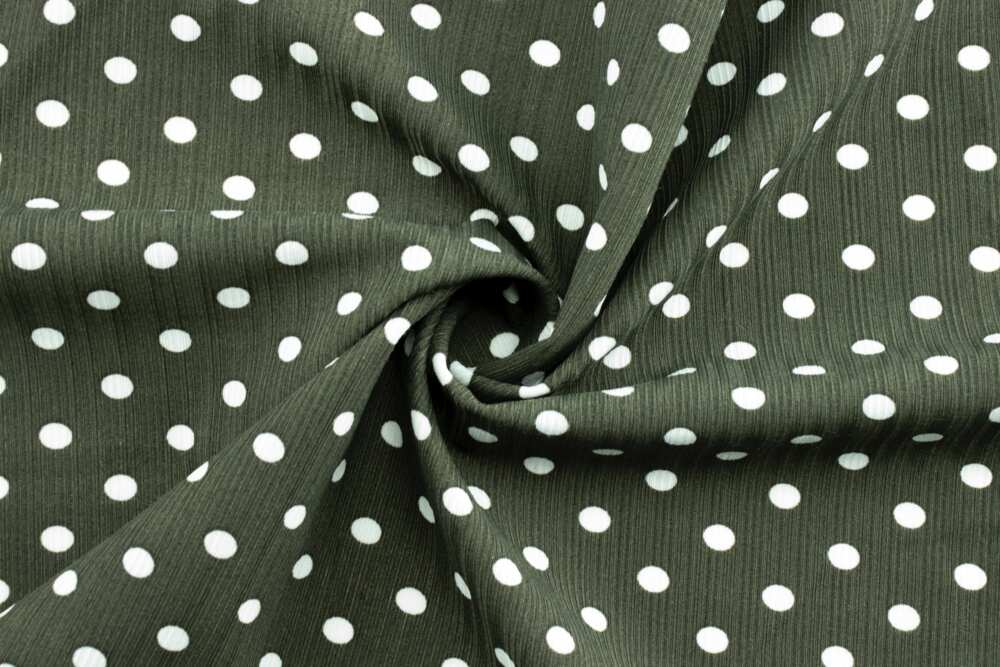
Source: UGC
Why do we call them polka dots? No one knows where the term 'polka' originated from. Nonetheless, it is used to refer to a woman in both Polish and Czech.
There are also suggestions that the name is associated with a bohemian dance called polka. While it is unclear how the traditional dance relates to the print, it is argued that the texture evokes a cheery dance mood.
At around 1857, the term polka first appeared in a Philadelphia-based magazine called the Godey's Lady's Book. The influential magazine used the name to refer to a vintage muslin scarf.
In the United States, the polka dots pattern became famous in 1926 when Norma Smallwood, Miss America at the time, wore a polka dot swimsuit. As a result, many women fell in love with the print.
In the 1930s, these dots were becoming popular in most places. You could see the prints in swimwear, dresses, kitchenware, among many other things.
The 1940s saw the resurgence of the polka dance, and this meant a revival of the pattern. It is at this time that the Polka Dots and Moonbeams song became an instant hit. Consequently, the idea became a music and fashion trend.
The polka craze was also widely promoted in the 1940s by the Los Angeles Times. The popular daily newspaper advised its trendy readers to embrace polka dots fashion.
It is also around this time that the polka dot texture got its way into Paris courtesy of Christian Dior. The French designer launched his famous New York line in Paris in the 1940s. His collection mainly featured cute black dresses with white bold polka prints.
In 1951, Marilyn Monroe took a beautiful picture in polka dot beachwear. The picture became a talking point all year round. More women got interested in the style, and they started wearing it outdoors.
By the time it got to the 1960s, several polka theme songs were released, and the fashion could only become more popular. The period was marked by Brian Hyland's Itsy Bitsy Tennie Weenie Yellow Polka Dot Bikini, a 1960 hit song.
Hyland gives a story of a beautiful woman in a dotted bikini who, instead of showing off her curvy body, prefers to hide underwater. Soon after the song's release, women went crazy over dotted bikinis, and they became an instantaneous fashion staple.
The 1960s also saw the print invade pop culture. Disney was one of the top targets at the time.
The media company chose a polka dot costume for Minnie Mouse during the 1961 edition and similar attire for Batman's villain, the Polka Dot Man, the following year. He would use these dots on his costume to make weapons for fighting his adversaries.
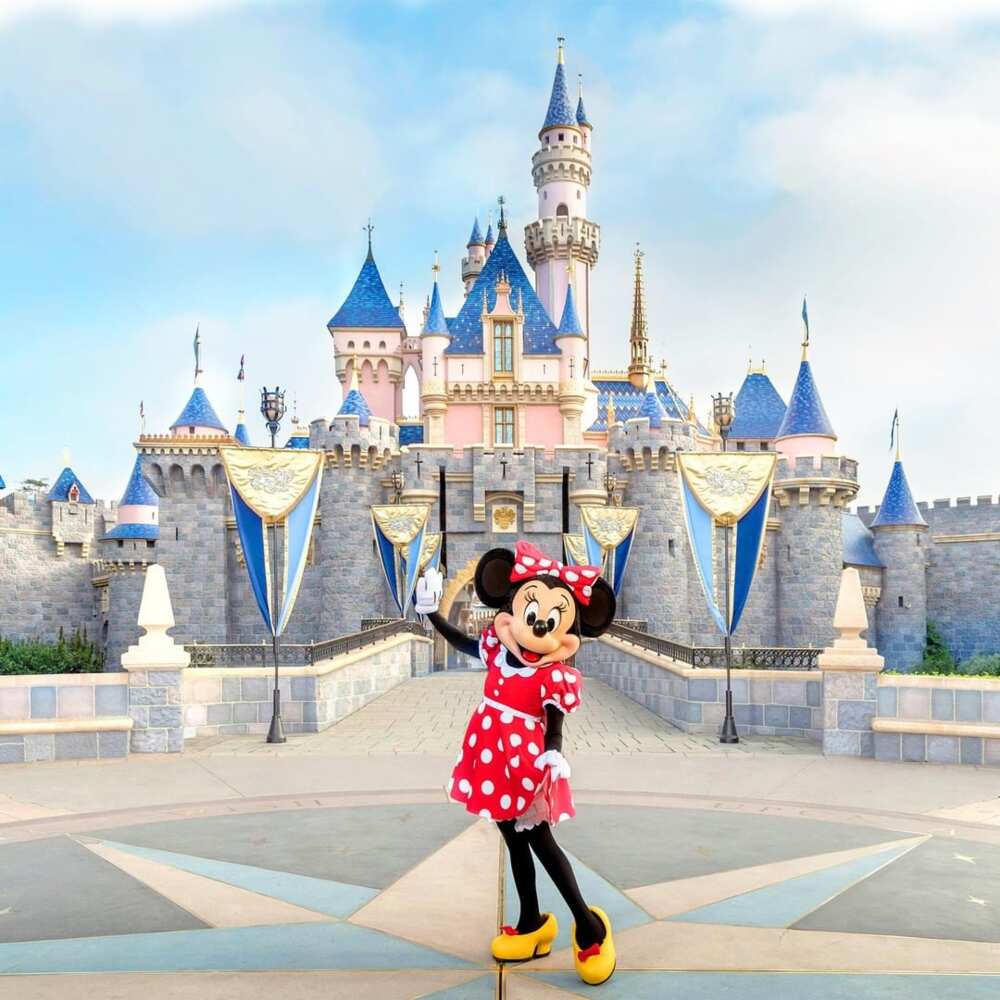
Source: Instagram
The 1970s saw spotted scooter dresses grace several fashion events. The popularity of this style continued to the 1980s when it became a reference point for Rock & Roll.
The 1980s also saw polka dots clothing become regular formal wear. Women would wear them to the office, church, and other official functions.
Over the years, royal families have been huge fans of this pattern. Queen Elizabeth, for example, has been spotted wearing the style to some events.
The Duchess of Cambridge also wore this print upon being discharged from the hospital following the birth of Prince George.
Today, the pattern is widely featured in vintage-style bowties, hats, dresses, and swimming costumes. These clothes are found in almost every store.
The culture has even stretched to the sports world where it inspires the design of some sports attire, notably the Tour de France jersey.
The trend is also prevalent in art, with Yayoi Kusama's masterpieces being the standout.
Now, it is every stylish woman's dream to have an outfit with this pattern in her wardrobe. The same applies to fashionable men who go crazy over this trend.
7 interesting things about polka dots
Their history is exciting, and anyone who likes the trend should be aware of some of the facts below. Here are seven must-know facts:
1. Polka dot is not the original name for the pattern
Did you know that the name of this print only became popular in the mid-19th century? This pattern initially had different names in different locations all over Europe.
In Europe, the French would use the word 'Quinconce' that translates to a dice pattern. The German would use the term 'Thalertupfin' after Thaler, a silver coin which means dotted fabric. Until the 1800s, Thaler was used as currency throughout all Europe.
The Spanish, on the other hand, would use the word 'Lunares' which means little moons.
2. The 1840s marked the start of polka mania
Before the 19th century, polka dot patterns were seen as a plague symbol. The view changed, however, when the texture was perceived as a fashion statement in the 1840s.
The print was predominant in handkerchiefs, bowties, and other everyday clothing accessories.
It is argued that the gypsies started the trend. They would bring embroidery with such patterns to Flamenco, and that is how the style was born.
There are also other contrasting theories, however. Some argue that the trend originated from England in the late 19th century, it was attributed to the Beau Brummel. They are thought to have started the dotted bowties and scarfs.
Things were crazy during the 1840s, with most manufacturers taking advantage of the situation to make so many polka-themed products. It is at such a time that polka jackets and hats were introduced into the consumer market.
These designs have managed to stick around ever since. We also cannot forget the LA Times' decision to promote the trend at the time.
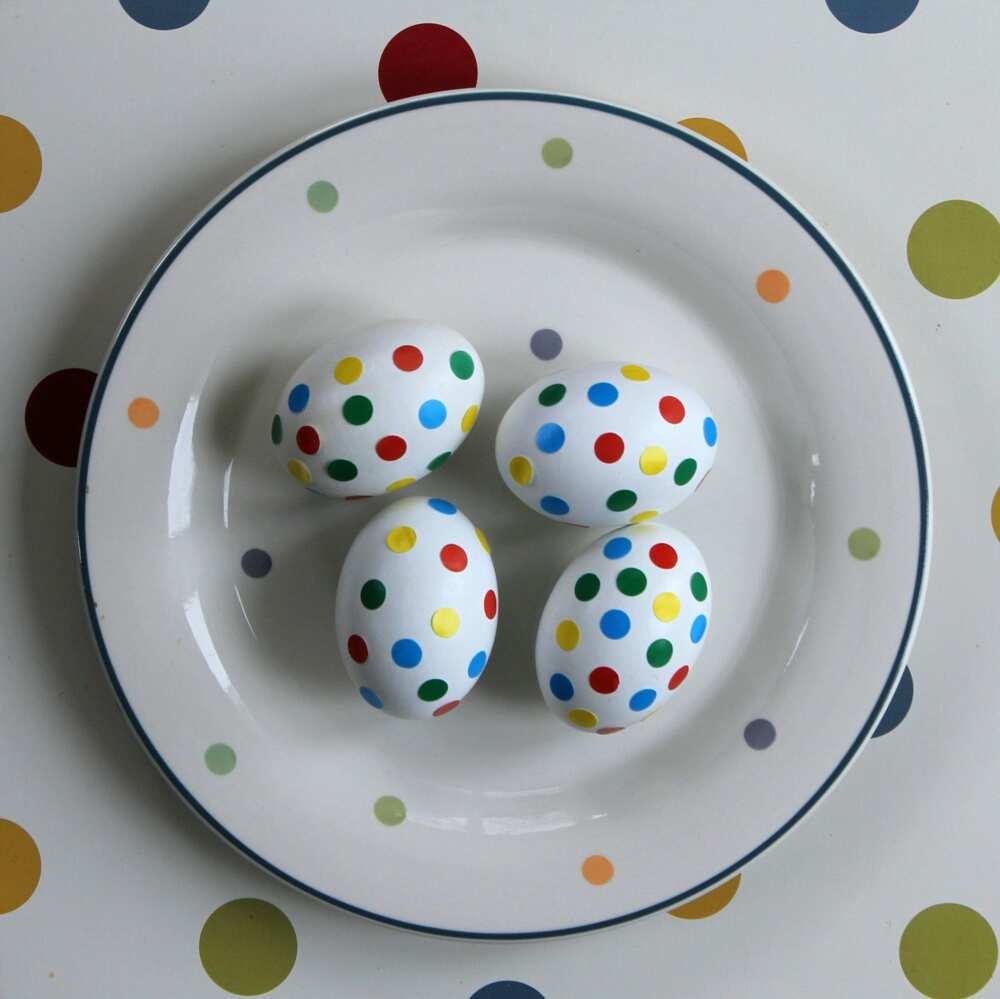
Source: UGC
3. Its connection to the polka dance is not clearly understood
The dance and the pattern are not directly connected. Stewart writes that maybe the pattern of the dots brings to mind the lively half step of the dance.
The dance is fun and lovely. This dance was popular in the mid-19th century and is known to have initiated the polka mania.
As the mania swept across the world, jackets and hats with this pattern started to grow in popularity. As the popularity of the dance faded, so did the popularity of these items.
The pattern, however, has remained famous over the years.
4. It only came into existence during the industrial period
Even though the prints are old and date back to the 19th century, the trend was only adopted during the industrial era. It could not have been embraced during the preindustrial age as special machines were needed.
It was nearly impossible for spaced dots to be fabricated without a machine.
5. It is inherently female
Though we have men's attire with this print, the trend is intrinsically feminine. Perhaps, it has to do with the origin of the name – which means a woman in both Polish and Czech.
As women are associated more with this style, they inherit the legacy that pioneering women like Marilyn Monroe and others left.
This style is irresistible. It comes with a vibrant and bold sense that every woman loves.
The best part is that the dots do not have to be white or black. The dots can be of any color ranging from red on a black background or yellow on blue fabric.
6. Dotty men are just as popular as dotty women
Even though the pattern is inherently feminine, men seem to have embraced the trend just as much. A notable pioneer is Disney's Polka Dot Man, the 1962 superhero who fought his enemies using these dots.
We also have Bob Dylan, who graced the EP cover in 1965 by wearing a polka print shirt.
Roger Sterling also wore a polka pattern scarf when shooting the Mad Men movie. In our age, celebrities like Lionel Messi and Joseph Gordon have been spotted wearing the trend.

Source: Instagram
7. Blue and white polka designs are artistic
Over the years, so many artists have employed this pattern in their work. The trend started in the early 1800s. For instance, Monet's 1865 artwork, 'Luncheon on the Grass, ' features a glamorous woman wearing a white dress with blue polka dots.
The same can be said about Frederic Bazille's 1867 portrait, 'The Family Union' and Berthe Morisot's 1869 artwork, 'The Sisters', all of which are lovely artworks.
The variations came later, however. The first artist to have opted for a different color combination was Hungarian painter Jozsef Rippl-Ronai when he produced 'Lady in a Polka-Dot Dress' in 1889. The painting features an elegantly-dressed lady in a brown gown dotted with cream.
Polka dots are undeniably an obsessive trend. Unlike the old days, however, these prints have a cheerful vibe these days. This explains why they are a fashion obsession. So, whether we agree or not, the polka dot culture is here to stay.
Source: Legit.ng


